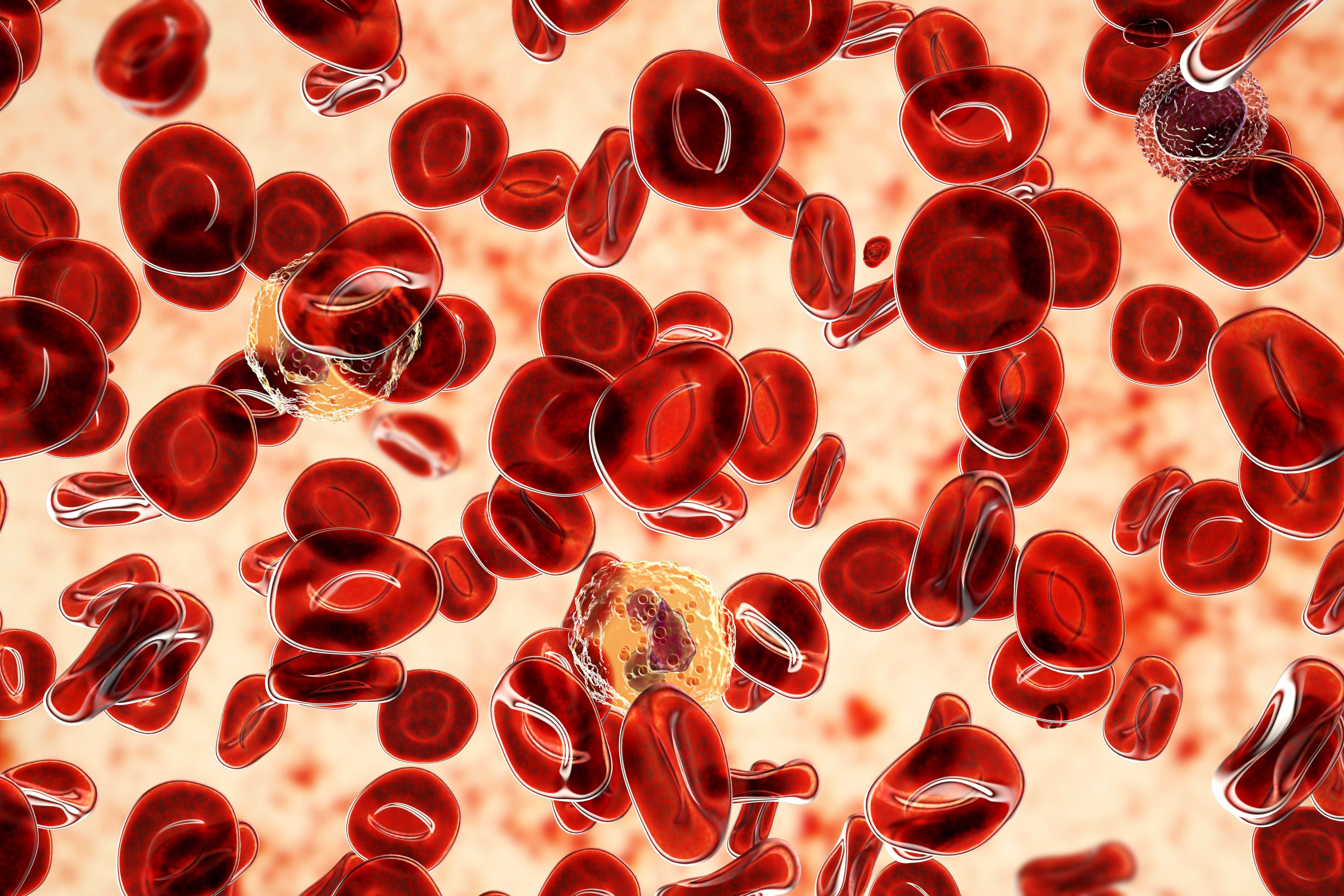Article
Whites With Multiple Myeloma, Vitamin D Deficiency Have Lower Survival Rates
Author(s):
New data suggests white patients who are deficient in vitamin D have lower rates of survival when diagnosed with multiple myeloma. The phenomenon was not seen, however, in African American patients.
Vitamin D deficiency has been linked with poor survival rates in some patients with multiple myeloma; however, the phenomenon appears to vary based on race.
According to a new study, white patients fare worse in terms of overall survival when they are deficient in vitamin D, but African-American patients do not. The findings are published in the journal Blood Advances.1
Corresponding author Nikhil C. Munshi, MD, of Dana-Farber Cancer Institute, in Boston, and colleagues note that vitamin D has been linked with better outcomes in cancer generally. However, studies have suggested that a significant number2,3 of patients with MM are deficient in the vitamin. In the general population, African Americans tend to have higher rates of vitamin D deficiency compared to whites.
Munschi and colleagues wanted to get a better understanding of the potential links between deficient levels of the vitamin and outcomes in the MM population, with a particular focus on racial disparities between the groups. To study the question, they used the Veterans Affairs’ Corporate Data
Warehouse to identify patients who were white or African American, had MM, and had serum 25 OH measurements within 2 months of diagnosis. Vitamin D deficiency was defined as having readings of less than 20 ng/mL.
African Americans with MM made up 29% of the 1889 patients included in the study, and those patients had a rate of vitamin D deficiency of 46.3%. White MM patients made up 61% of the study population; about 1 in 4 (23.6%) of white patients were deficient in the vitamin. The remaining 10% of people in the study had another or unknown race.
Overall, patients with a vitamin D deficiency had an elevated estimated mortality risk of 24%. However, when the investigators looked at the issue by racial subgroup, they noticed something different. Among white patients, the increased mortality risk was 38%. When the same analysis was repeated for African-American patients, no significant difference in overall survival was found. In fact, even when investigators changed their definition of vitamin D deficiency to 10 ng/ML, they still found no statistically significant difference in survival within the African Americn cohort.
In attempting to explain the disparity, Munshi and colleagues note that a previous study showed vitamin D affected overall and cardiovascular mortality in both white and African American patients, but it only showed an increase in cancer mortality among the white patients.4
“Hence, we hypothesize our findings of disparate effect of vitamin D deficiency relate to increased cancer (myeloma)-related mortality in white vs AA patients rather than other comorbidities,” they write.
The team further notes, however, that MM might be particularly affected by the vitamin deficiency.
“With the known association between bone marrow microenvironment, especially the bone elements, and MM cell growth and survival, vitamin D may play a unique role in MM compared with other cancers,” the authors said.
In any case, the authors say their findings highlight the importance of screening MM patients and of considering replacement if a patient is deficient in the vitamin. They say further research into the links between vitamin D deficiency and MM may be warranted.
References:
- Sarvari V. Yellapragada, Nathanael R. Fillmore, Anna Frolov, Yang Zhou, Pallavi Dev, Hassan Yameen, Chizoba Ifeorah, Nhan V. Do, Mary T. Brophy, Nikhil C. Munshi; Vitamin D deficiency predicts for poor overall survival in white but not African American patients with multiple myeloma. Blood Adv 2020; 4 (8): 1643—1646. doi: 10.1182/bloodadvances.2019001411.
- Ng AC, Kumar SK, Rajkumar SV, Drake MT. Impact of vitamin D deficiency on the clinical presentation and prognosis of patients with newly diagnosed multiple myeloma. Am J Hematol. 2009;84(7):397-400. doi: 10.1002/ajh.21412.
- Lauter B, Schmidt-Wolf IGH. Prevalence, supplementation, and impact of vitamin D deficiency in multiple myeloma patients. Cancer Invest. 2015;33(10):505-509. doi: 10.3109/07357907.2015.108169.
- Kritchevsky SB, Tooze JA, Neiberg RH, et al. ; Health ABC Study . 25-Hydroxyvitamin D, parathyroid hormone, and mortality in black and white older adults: the health ABC study. J Clin Endocrinol Metab. 2012;97(11):4156-4165. doi: 10.1210/jc.2012-1551.





